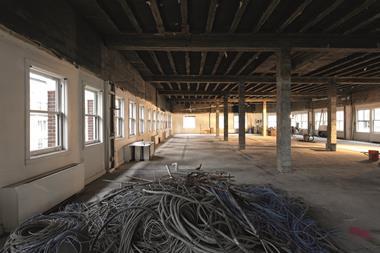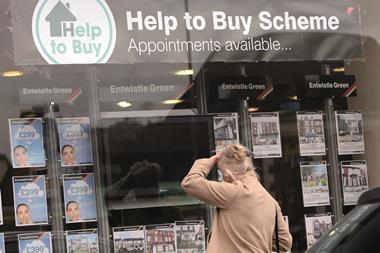It was interesting to read your coverage of the political parties’ pledges on housebuilding.
Our “50 Shades of Green Belt” research, conducted by YouGov and involving 4,510 interviews with adults in England, reveals that one in five prospective voters say that housing is one of the most important election issues.
More than two-thirds (67%) believe the number of homes built should be increased. While 67% oppose building on the green belt and 83% support building on brownfield land, 27% support building on greenfield land.
Clearly, there is a lack of understanding on what the green belt is, shown by the significant difference in the proportion of those who favour building on greenfield sites over green belt land, when they are broadly the same.
Pledging thousands of new homes is only half a policy and parties must also pledge the land required to build them in order to be credible.
Brownfield-first policies have failed to supply the required level of housing and, as a result, house prices continue to soar, homeownership is falling rapidly and homelessness is rising. Green belt regulations were introduced in the 1940s and cover up to 13% of the land in England. The policy is outdated.
The assumption that all green belt land is attractive, accessible and ecologically rich is not true. It is best thought of as a spectrum, ranging from Areas of Outstanding Natural Beauty to unremarkable areas of scrubland. We must look to these lower-quality areas to build homes, while protecting our most valuable areas of countryside.
If we are to meet housing demand, it is essential the next government reviews green belt policy and takes a more strategic planning approach.
Jeff Nottage, director of Masterplanning, Broadway Malyan






























No comments yet